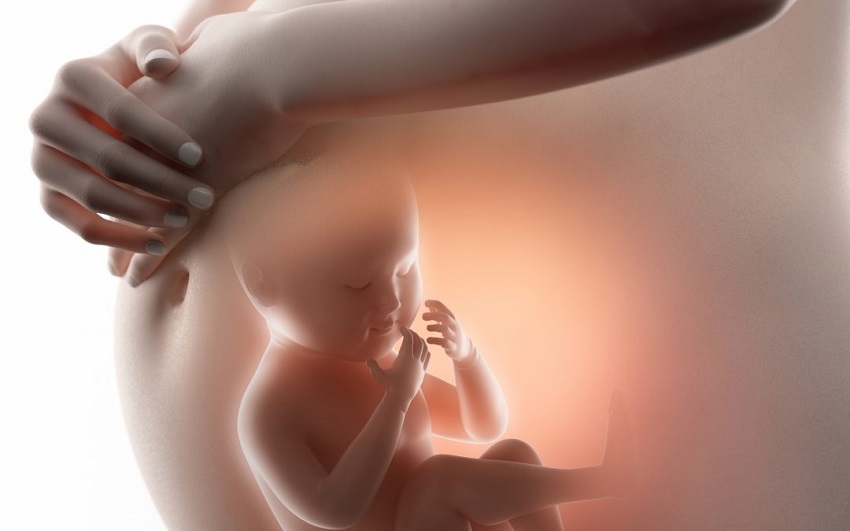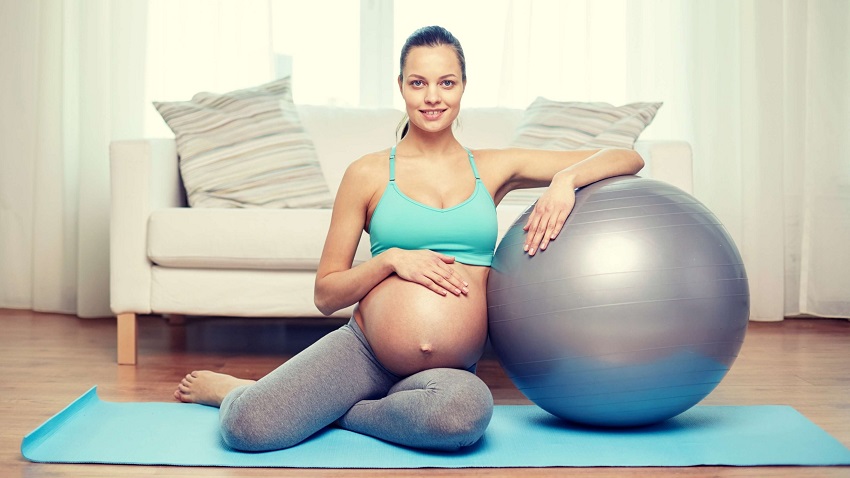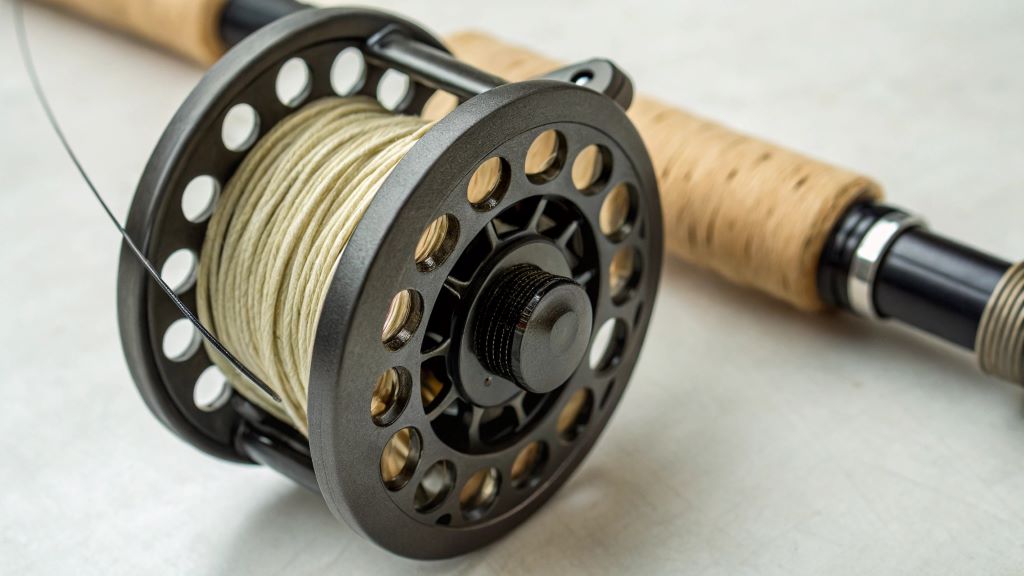Have you ever heard the term “spinning baby” and wondered what it meant? In the realm of childbirth, “spinning baby” refers to techniques and exercises that help optimize the position of the baby in the womb, particularly for a smoother and easier delivery. In this article, we will delve into the concept of spinning baby, explore various techniques, and understand the importance of fetal positioning during pregnancy.
The position of the baby in the womb plays a crucial role during labor and birth. An optimal fetal position allows for the baby’s head to engage in the pelvis and progress smoothly through the birth canal. However, certain positions, such as a posterior or breech presentation, can make labor more challenging and potentially lead to complications. This is where the concept of spinning baby comes into play.
What Is Spinning Baby?
Spinning baby refers to a range of techniques and exercises designed to help encourage the baby to assume an optimal position in the womb. These techniques aim to promote anterior positioning, where the baby’s back is aligned with the mother’s belly, facilitating an easier and more efficient birthing process. You may also be interested in toddler spinning in circles.
The Importance of Optimal Fetal Positioning
Optimal fetal positioning offers numerous benefits for both the mother and the baby. When the baby is in the best position, it allows for:
- Quicker and more effective contractions
- Better engagement of the baby’s head in the pelvis
- Reduced risk of interventions during labor
- Decreased likelihood of back labor pain
- Improved maternal comfort and mobility
- Lower incidence of cesarean section
Techniques to Encourage Optimal Fetal Positioning
There are several techniques that pregnant individuals can try to encourage optimal fetal positioning. It’s important to consult with a healthcare provider or a professional experienced in spinning baby techniques before attempting any of these methods. Here are some common techniques:
Forward-Leaning Inversion
Forward-leaning inversion involves positioning the body with the hips elevated higher than the head. This technique can help encourage the baby to move into a more favorable position by utilizing the force of gravity.
Open-Knee-Chest Position
The open-knee-chest position involves kneeling with the head and chest lowered to the ground and the buttocks elevated. This position allows for the baby to have more space to maneuver and potentially rotate into an optimal position.
Sidelying Release
Sidelying release involves lying on one side and using specific breathing techniques to release tension and promote relaxation in the pelvic area. This can create a favorable environment for the baby to adjust their position.
Pelvic Tilts and Circles
Pelvic tilts and circles are simple exercises that involve gentle movements of the pelvis. These movements help in loosening the pelvic muscles and ligaments, allowing the baby to find a better position.
Sitting on a Birth Ball
Sitting on a birth ball or exercise ball can provide a gentle way to encourage the baby to settle into an optimal position. The bouncing and rocking motions on the ball can help align the baby’s back with the mother’s belly.
Walking, Crawling, and Gentle Exercises
Regular physical activity, such as walking, crawling, and engaging in gentle exercises, can promote optimal fetal positioning. The rhythmic movements help the baby move and rotate naturally.
Chiropractic Care and Acupuncture
Chiropractic care and acupuncture are alternative therapies that some individuals find helpful in optimizing fetal positioning. These practices focus on aligning the body’s structures and promoting balance.
Prenatal Yoga and Stretching
Prenatal yoga and stretching exercises can improve flexibility, relieve muscle tension, and create more space for the baby to move into an optimal position.
Swimming and Water Exercises
Swimming and water exercises offer buoyancy and freedom of movement, which can encourage the baby to shift into a better position. The water also provides a soothing and relaxing environment for the mother.
Hands-and-Knees Position
Assuming a hands-and-knees position, also known as the all-fours position, can help the baby settle into an anterior position. This position utilizes gravity to encourage the baby’s movement.
Visualization and Positive Affirmations
Visualization and positive affirmations can be powerful tools to create a positive mindset and promote optimal fetal positioning. Imagining the baby in an ideal position and affirming a smooth birth process can help align the mind and body.
Using a Rebozo or Scarf
Using a rebozo, a traditional Mexican shawl, or a scarf can provide gentle support and encourage the baby to shift into a more favorable position. This technique involves specific wrapping and movement patterns.
Homeopathic Remedies
Some individuals explore homeopathic remedies to help optimize fetal positioning. It’s important to consult with a qualified practitioner before using any homeopathic remedies during pregnancy.
Seeking Professional Assistance
In some cases, seeking professional assistance from a healthcare provider, a midwife, a doula, or a spinning baby specialist may be beneficial. These professionals have expertise in assisting with optimal fetal positioning and can provide personalized guidance.
Factors Influencing Fetal Positioning
Several factors can influence fetal positioning, including:
- The shape and size of the mother’s pelvis
- The baby’s size and mobility
- The mother’s posture and daily activities
- The number of previous pregnancies
- The presence of uterine abnormalities
Understanding these factors can help individuals make informed decisions and employ appropriate techniques to optimize fetal positioning.
Common Misconceptions About Spinning Baby
There are a few common misconceptions surrounding spinning baby techniques. Some people believe that these methods guarantee a specific position or that they can only be effective in certain situations. It’s important to note that each pregnancy and labor are unique, and while spinning baby techniques can be beneficial, they may not always lead to the desired outcome. It’s crucial to approach spinning baby as a holistic approach to support optimal positioning rather than a guaranteed solution.
Conclusion
Optimizing fetal positioning through spinning baby techniques can potentially contribute to a smoother and more comfortable birth experience. By exploring various methods and techniques, individuals can actively participate in supporting their baby’s optimal position. Remember, it’s essential to consult with healthcare professionals and experienced practitioners to ensure safe and appropriate practices during pregnancy.





